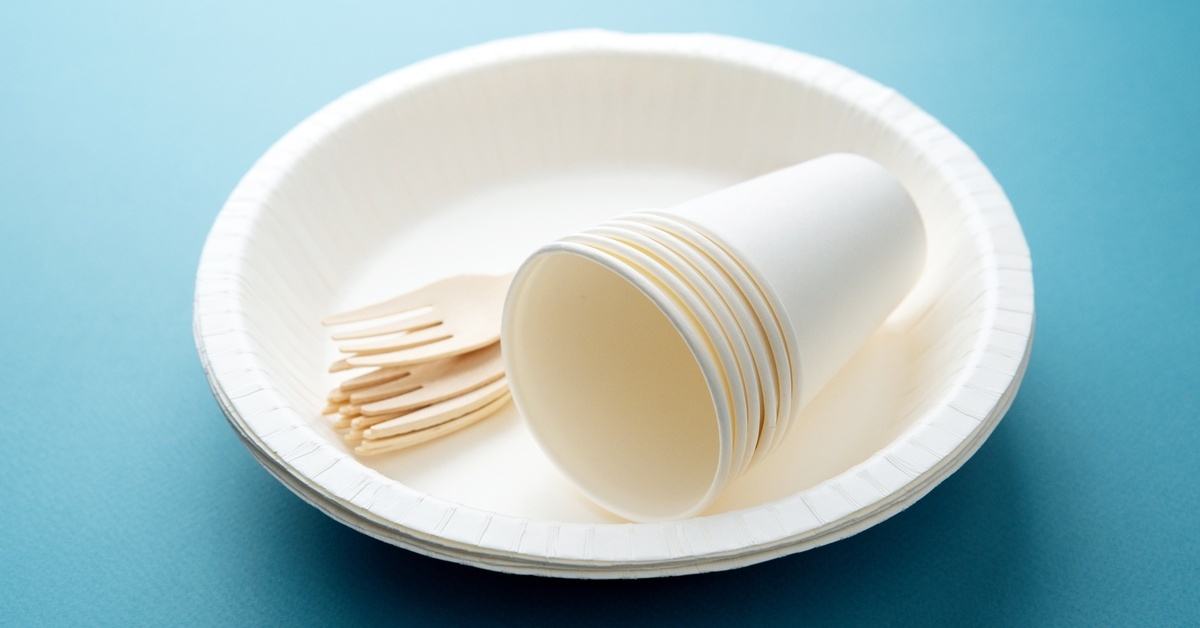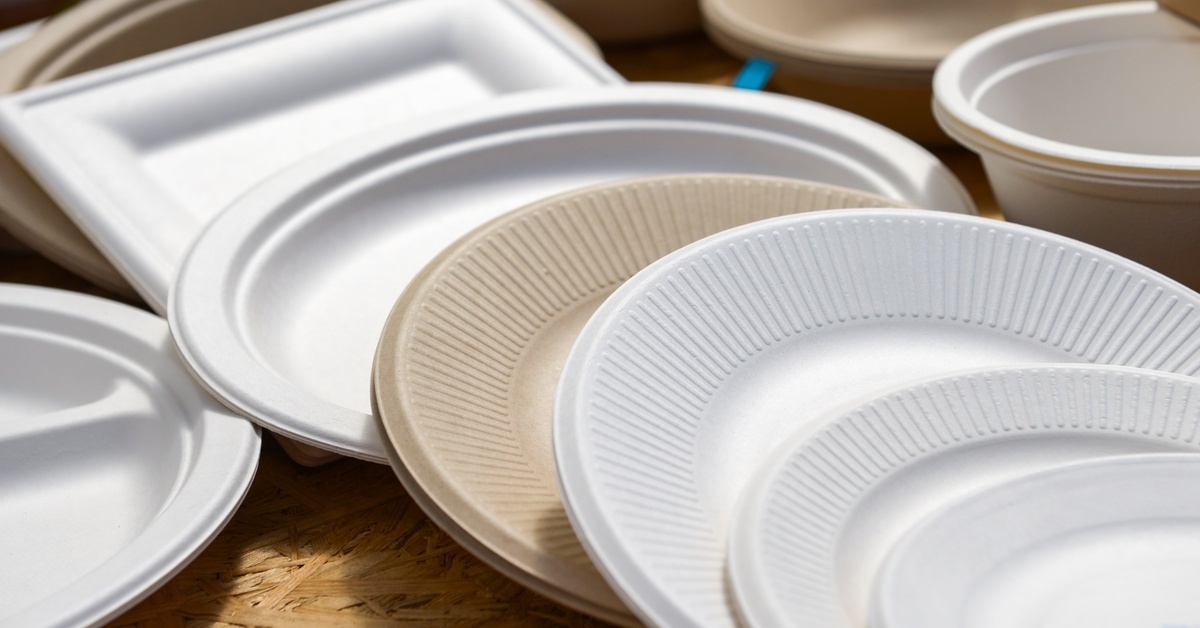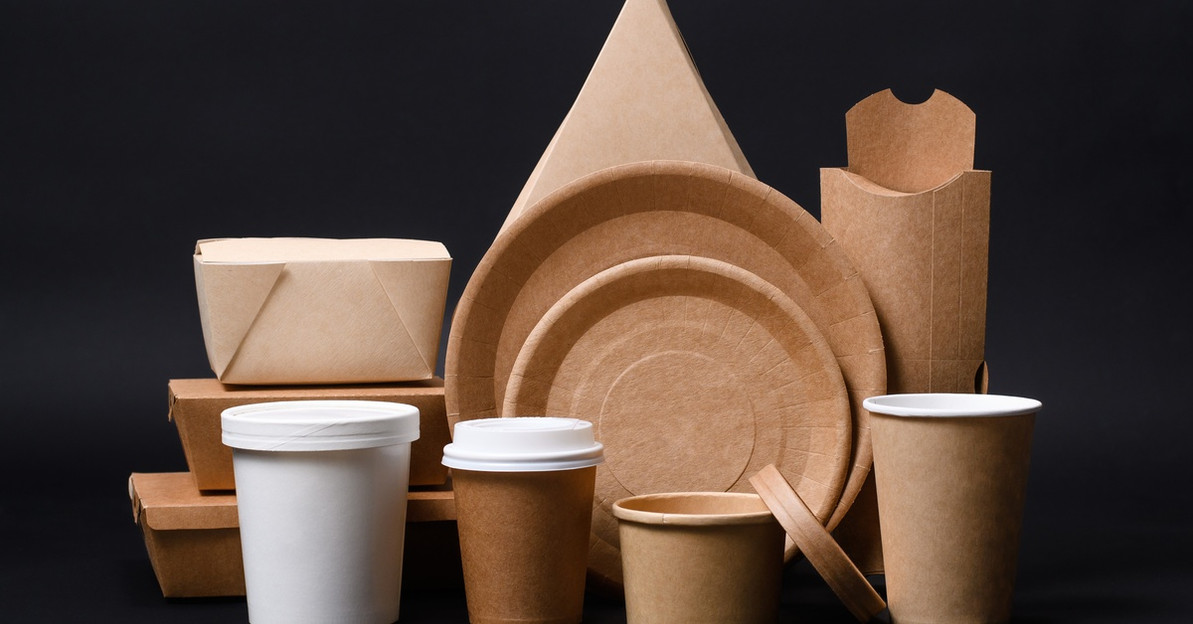Pros and Cons of Disposable vs. Reusable Plates
Choosing between disposable and reusable plates affects your budget, environmental impact, and daily convenience. Both options serve specific purposes, but understanding their advantages and disadvantages helps you make informed decisions for your home, business, or event planning needs.
This pros and cons comparison examines the key factors that influence plate selection, from cost considerations to environmental consequences. Whether you’re planning a large gathering, managing a restaurant, or simply evaluating your household dining options, the right choice depends on your specific circumstances and priorities.
Cost Analysis: Upfront vs. Long-Term Expenses
Disposable plates require minimal upfront investment. A package of paper or plastic plates costs between $5 and $15, depending on quality and quantity. However, this expense repeats with each purchase, creating ongoing costs that accumulate over time.
Reusable plates demand higher initial spending. A set of quality ceramic or melamine plates ranges from $30 to $200 or more. Despite the substantial upfront cost, these plates serve hundreds or thousands of meals, making the cost per use significantly lower than disposables over extended periods.
Businesses and food supply services often find reusable plates more economical for regular operations, while disposables prove cost-effective for temporary events or seasonal increases in customer volume.
Environmental Impact: Waste Generation vs. Resource Consumption
Disposable plates contribute directly to landfill waste. Americans discard approximately 40 billion disposable eating utensils annually, creating substantial environmental burden. Paper plates require tree harvesting, while plastic plates persist in landfills for centuries without decomposing.
Reusable plates generate waste primarily during manufacturing and eventual disposal. A ceramic plate used 1,000 times creates significantly less waste per meal than single-use alternatives. However, production of ceramic and glass plates consumes considerable energy and natural resources.
The environmental advantage shifts based on usage frequency. Reusable plates become environmentally superior after approximately 100 – 200 uses, depending on materials and manufacturing processes.

Convenience Factor: Time and Effort Considerations
Disposable plates offer maximum convenience. Users simply discard them after meals, eliminating washing, drying, and storage requirements. This convenience proves valuable during large gatherings, outdoor events, or busy periods when time constraints prevent proper dishware maintenance.
Reusable plates require ongoing maintenance. Washing, drying, and storing plates demands time and effort. However, modern dishwashers reduce this burden significantly, making reusable plates nearly as convenient as disposables for regular use.
Emergency situations favor disposable plates when water access remains limited or when normal kitchen operations face disruption.
Durability and Longevity: Replacement Frequency
Disposable plates offer zero durability by design. Each plate serves one meal before disposal, requiring constant replacement purchases and storage space for inventory.
Reusable plates vary dramatically in durability. Quality ceramic plates last decades with proper care, while budget plastic plates may crack or stain within months. Melamine plates provide middle-ground durability, resisting breakage while maintaining reasonable longevity.
Replacement costs for reusable plates remain minimal when users handle them carefully. Breaking one plate from a set of eight costs far less than continuously purchasing disposables.
Health and Safety Considerations
Disposable plates present varying health profiles. Paper plates generally offer safety, though some contain bleaches or coatings that raise concerns. Plastic disposable plates may leach chemicals when heated, particularly with acidic or fatty foods.
Reusable plates provide better health profiles when properly maintained. Ceramic and glass plates remain chemically inert, while quality plastic reusable plates undergo safety testing for repeated use. However, damaged plates with chips or cracks can harbor bacteria and require replacement.
Food safety depends heavily on proper cleaning practices with reusable plates, while disposables eliminate cross-contamination risks through single use.
Storage Requirements and Space Management
Disposable plates demand significant storage space when purchased in bulk. Cases of plates occupy considerable room in pantries, storage closets, or commercial stockrooms. This storage requirement increases with inventory management needs.
Reusable plates require minimal storage space relative to their usage capacity. A set of eight plates occupies the same cupboard space whether used once or 1,000 times, making them extremely space-efficient for regular dining needs.
Seasonal storage considerations favor disposables for infrequent use situations, while daily dining applications benefit from the compact storage efficiency of reusable options.
Aesthetic Appeal and Presentation Quality
Disposable plates offer limited aesthetic options. While manufacturers produce decorative paper plates and colored plastic options, the overall presentation quality remains constrained by material limitations and cost considerations.
Reusable plates provide superior presentation opportunities. Ceramic, glass, and quality plastic plates enhance food presentation, creating more appealing dining experiences. The variety in colors, patterns, and styles allows customization that matches decor or personal preferences.
Professional food service and formal dining situations typically require the elevated presentation quality that reusable plates deliver.

Maintenance Requirements and Cleaning Considerations
Disposable plates eliminate maintenance entirely. Users simply dispose of plates after meals, requiring no cleaning supplies, water, or energy for washing processes.
Reusable plates require regular cleaning and maintenance. This includes:
- Immediate rinsing to prevent food adhesion
- Proper washing with appropriate detergents
- Thorough drying to prevent bacterial growth
- Careful handling to avoid chips and cracks
- Periodic deep cleaning for stain removal
Modern dishwashers significantly reduce the manual labor involved in maintaining reusable plates, though energy and water costs accompany this convenience.
Suitability for Different Events and Occasions
Large outdoor events favor disposable plates due to logistics constraints. Managing cleanup for hundreds or thousands of guests becomes impractical with reusable options. Disposables simplify waste management and reduce staffing requirements.
Indoor dining and regular meal service benefit from reusable plates. The superior presentation, environmental benefits, and long-term cost savings make reusables ideal for restaurants, homes, and controlled environments.
Mixed approaches work effectively for many situations. Restaurants might use reusable plates for dine-in service while offering disposables for takeout orders, optimizing both customer experience and operational efficiency.
Make the Right Choice for Your Needs With KEVIDKO
The optimal plate choice depends on specific circumstances and priorities. Consider frequency of use, budget constraints, environmental values, and practical requirements when making decisions.
For regular dining needs, reusable plates offer superior long-term value through cost savings, environmental benefits, and enhanced presentation quality. The initial investment pays dividends through years of reliable service.
For occasional events, disposable plates provide unmatched convenience and simplified logistics. The higher per-use cost becomes acceptable when weighed against the practical benefits of effortless cleanup and reduced preparation requirements.
Evaluate your specific situation honestly, considering immediate needs, long-term consequences, and the various pros and cons of disposable or reusable plates. The right choice aligns with your values, budget, and practical requirements while delivering the functionality you need. KEVIDKO is proud to offer a wide range of food supplies that will meet your needs. Browse the entire collection or connect for industry-specific inquiries.
Recent Posts
-
Benefits of Clear PET Cups for Display Drinks
When customers can see what they’re ordering, your drinks do the selling for you. From vibrant smoot …Nov 17th 2025 -
Pros and Cons of Disposable vs. Reusable Plates
Choosing between disposable and reusable plates affects your budget, environmental impact, and daily …Oct 30th 2025 -
Dos and Don’ts When Sourcing Catering Boxes
Catering boxes play a critical role in your food service business. They protect your carefully prepa …Oct 30th 2025




